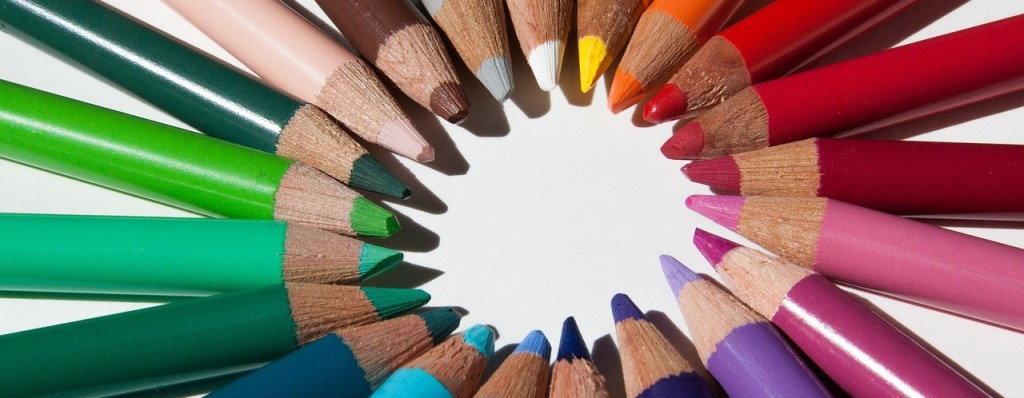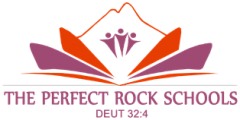
OUR CURRICULUM
Using methods and materials developed by Dr, Maria Montessori, the teacher provides a sequence of tasks sufficiently challenging and interesting to engage the child. These tasks or exercises are broken down into the following areas of learning;
The exercises of practical life are those daily activities that help the child acquire independence, coordination of movement. Concentration and lessons of grace and courtesy.
Activities include elementary movements needed for independence, care of self. Care of the environment and social relations. In the Montessori classroom, materials used for daily living skills are child sized and easy to handle, and the activities are interesting for the children to perform.
The exercises of practical life lay the basic foundation for all areas and provide indirect preparation for sensory integration, logic and language.
Sensorial Education Is central to the Montessori method. In all areas of the curriculum, the child learns concepts through a multi-sensory approach.
The sensorial materials and exercises assist children to distinguish, categorize and use all their senses to build a knowledge and understanding of the world.
To achieve these goals, exercises are introduced to sharpen the child’s visual, auditory, olfactory, tactile, stereognostic and chromatic senses.
The Sensorial Education also lay a proper foundation for good understanding of mathematics, geometry and science.
Mathematics is first presented to the child in concrete form. The materials are designed to support even the youngest child's natural appreciation of mathematical concepts; providing concrete experiences that will in time be the solid foundation for the abstract mathematical concepts that follow; thereby avoiding some of the mental blocks so often associated with children and mathematics and instead providing them with a genuine love of numbers and Mathematics.
Language is of utmost importance in a Montessori class. Language skills which involve listening, speaking, reading and writing is introduced to the child.
The Montessori reading scheme is based on phonics and is introduced to the child through the use of concrete materials such as the sand paper letters and movable alphabets.
Story time and musical games enhance the child's language experience. By listening to other children talk and giving the child the freedom to express his ideas, the child develops the confidence to speak and construct sentences in an articulate manner.
Botany, geography, music, zoology, history, science , art, and nature are integrated into the cultural studies area,
Art and music complement the daily exploration by the child, various media are available to the children for all forms of self –expression.
Geography, botany and zoology are explored regularly using concrete materials and fun activities. Classification of living things is introduced in through natural materials and prepared nomenclature activities.
Simple science experiments such as magnetism, different forms of water etc are also carried out in this curriculum area.
Children in the Omega class are also exposed to ICT through the use of computers, foreign language and physical education. In addition, they are exposed to a variety of cultural experiences such as art, music, field trips, in-house performances and classroom presentations.
The Perfect Rock also offers different enrichment activities to our children to expose them to various stimulating activities. These include swimming, busy hands club etc
Calendar
| M | T | W | T | F | S | S |
|---|---|---|---|---|---|---|
| 1 | 2 | 3 | 4 | 5 | 6 | 7 |
| 8 | 9 | 10 | 11 | 12 | 13 | 14 |
| 15 | 16 | 17 | 18 | 19 | 20 | 21 |
| 22 | 23 | 24 | 25 | 26 | 27 | 28 |
| 29 | 30 | |||||
Categories
Archives
© 2017 The Perfect Rock Schools Designed by Iconic Digital World
